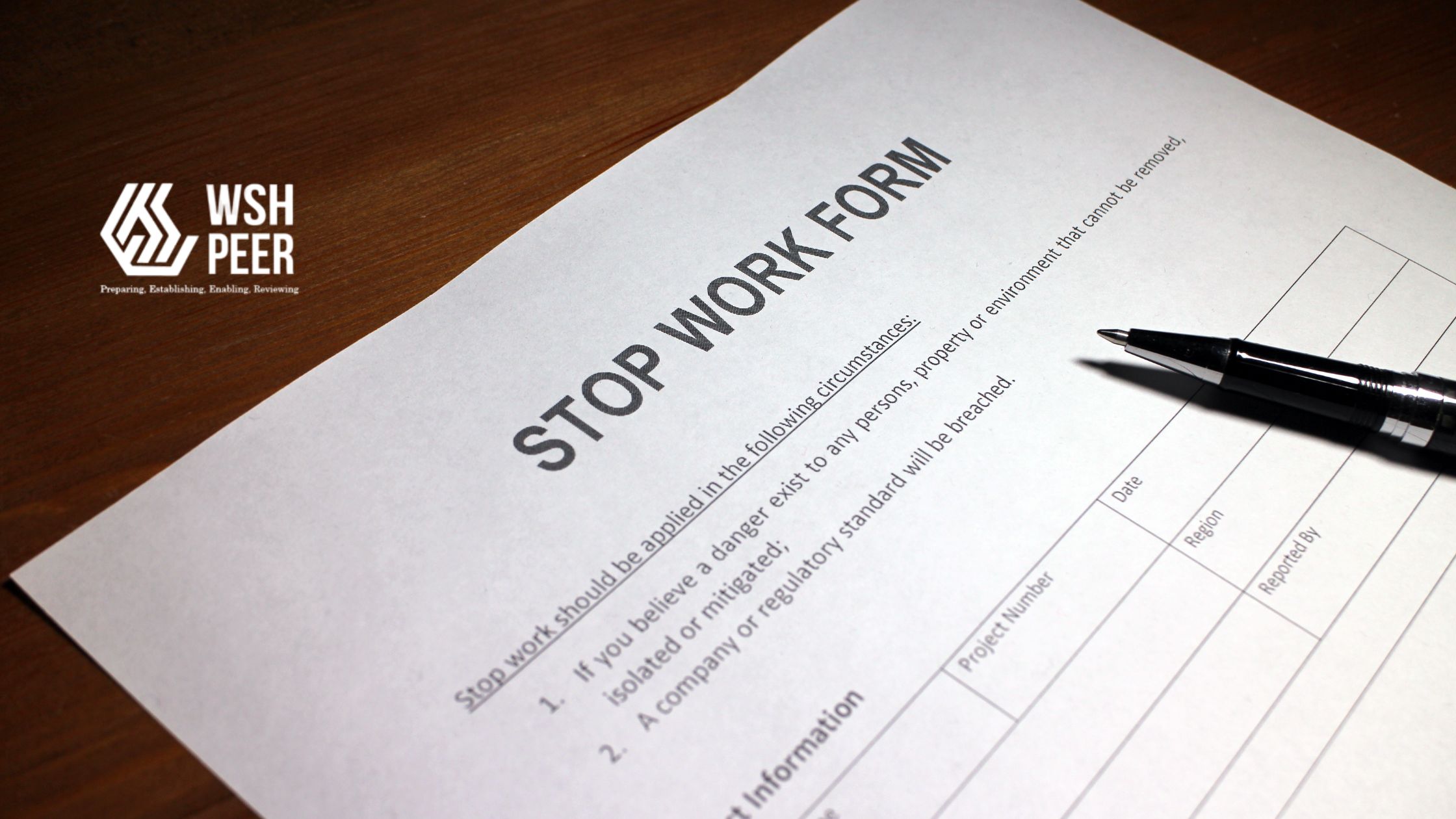Understanding Hidden Costs of Workplace Accidents and How PEER Can Help
Workplace accidents are often perceived as isolated incidents that result in immediate, visible losses. However, the reality is far more complex. Behind every accident lies a chain of hidden costs that can significantly impact a company’s bottom line without immediate recognition. Understanding these hidden costs is crucial for organizations aiming to maintain profitability and ensure employee safety.
The Concept of Hidden Costs
Hidden costs, or indirect losses, arise from workplace accidents and can manifest in various forms. For instance, consider the time lost due to investigations, the decline in team productivity, equipment damage, and the overall morale of employees. If an accident leads to a machine being out of operation for two hours, the repercussions can extend far beyond the medical expenses of the injured employee.

Breaking Down Hidden Costs
Understanding the specific components of hidden costs can help organizations better prepare and implement effective safety measures. Here are some of the primary hidden costs associated with workplace accidents:
1. Downtime
When an accident occurs, production activities are often halted for investigations and cleanup. This downtime can lead to missed production targets and decreased operational efficiency. In industries such as manufacturing and construction, every minute of downtime translates to lost revenue.
2. Compensation and Liability
Beyond direct medical expenses and compensation, companies must also bear administrative costs, including reporting to regulatory bodies and potential penalties for negligence. Severe accidents can result in legal actions that carry substantial financial implications.
3. Asset Damage and Repair Costs
Equipment or machinery damaged during an accident adds another layer of hidden costs. Expenses related to spare parts, repair downtime, and the risk of recurring issues if repairs are not thoroughly executed can escalate operational costs significantly.
4. Decreased Productivity and Employee Morale
Employees who witness an accident may experience anxiety or trauma, leading to a phenomenon known as the ‘fear effect.’ This can result in reduced motivation and productivity, as workers become overly cautious or hesitant to take initiative.
5. Damage to Reputation and Client Trust
Frequent accidents can tarnish a company’s reputation, leading clients to question their safety protocols. This erosion of trust can deter potential clients and investors, impacting long-term business relationships.
6. Recruitment and Retraining Costs
If an accident results in an employee being unable to work for an extended period, the company must invest in recruiting and training a replacement. This process can be time-consuming and costly, further straining resources.
Real-World Case Study
Consider a textile manufacturing plant that experiences a minor accident when an operator is injured due to non-compliance with safety procedures. The immediate costs include:
- Medical expenses: $2,000
- Machine downtime: $8,000
- Order delays: $12,000
- Training a new operator: $3,000
- Productivity decline over one week: $5,000
The total hidden costs amount to $30,000, which is fifteen times the initial medical expense. This stark contrast highlights the importance of addressing workplace safety proactively.
The Importance of a Robust WSH Management System
Given the extensive hidden costs associated with workplace accidents, it becomes evident that prevention is far more cost-effective than remediation. Implementing a strong Workplace Safety and Health (WSH) culture is not merely a legal obligation; it is a strategic investment in the sustainability of the business and the well-being of employees.
How PEER Can Mitigate Hidden Costs
PEER, a comprehensive WSH management system, offers modules designed to help organizations comply with health and safety regulations while minimizing hidden costs. Here’s how PEER can assist:
1. Personnel Management
PEER’s Personnel Management module ensures that all employees are adequately trained in safety protocols, reducing the likelihood of accidents and their associated costs.
2. Permit to Work (PTW) Management
The PTW Management module streamlines the process of granting work permits, ensuring that all safety measures are in place before work begins, thus preventing accidents.
3. Inspection and Asset Management
Regular inspections and asset management through PEER help identify potential hazards and equipment issues before they lead to accidents, thereby minimizing downtime and repair costs.
4. Quality Control and Workflow
By integrating Quality Control and Workflow modules, PEER promotes a culture of safety and efficiency, ensuring that all processes adhere to the highest safety standards.
Conclusion
Workplace accidents are never trivial; their hidden costs can erode profits and damage a company’s reputation over time. By fostering a robust safety culture and leveraging tools like PEER, organizations can mitigate these risks effectively. Simple actions, such as using personal protective equipment (PPE), conducting regular safety briefings, and ensuring safe work environments, can save lives, time, and financial resources. Remember, safety is not merely a cost; it is an invaluable asset.







